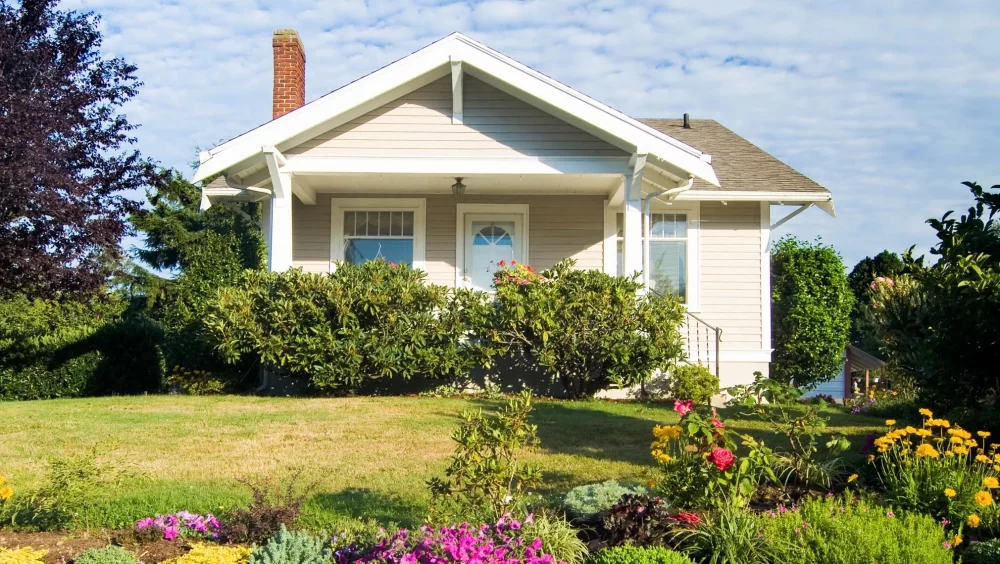
Tips for Finding Affordable Homes for Sale in Your Area
When I first decided to purchase my own home, I was thrilled but also overwhelmed by the idea of finding something affordable. Like many first-time homebuyers, I was trying to balance my dream of owning a home with the reality of my budget. I quickly realized that finding affordable homes for sale in my area wasn't as simple as browsing online listings. But after doing some research and trying different strategies, I learned several valuable tips that helped me narrow down my options and find the perfect home within my price range.
1. Start Your Search Early
One of the best pieces of advice I received early on was to start my home search well before I actually planned to buy. Starting early gave me the time to explore various neighborhoods, understand market trends, and get a feel for property prices in the areas I was interested in. I didn’t rush into anything and allowed myself to be patient as I learned more about what I could afford.
This approach paid off when I found a charming house in a neighborhood I had been eyeing for months. I had already seen the market shift, and by starting early, I had a much clearer idea of what price range was realistic for me. So, if you’re in the same boat, don’t wait until you’re ready to make an offer to start looking. The more time you give yourself to research, the better equipped you’ll be to find a good deal.
2. Use Online Real Estate Websites
In today’s digital age, online real estate platforms are invaluable tools for finding affordable homes. Websites like Zillow, Realtor.com, and Redfin allow you to filter search results based on price, square footage, location, and other key factors. These websites often include helpful features like price history, neighborhood information, and virtual tours that make it easier to compare properties.
During my search, I used these tools to create customized alerts for homes within my budget, ensuring that I would be notified as soon as a new listing that met my criteria became available. This was especially useful since properties can go quickly in competitive markets, and having the right information at my fingertips made all the difference in securing a great deal.
3. Explore Different Neighborhoods
One of the best ways to find an affordable home is to widen your search to include different neighborhoods. It’s easy to become fixated on certain areas because they’re popular or close to work, but sometimes expanding your options can lead you to hidden gems. When I broadened my search to nearby areas I hadn’t initially considered, I found several homes that were much more affordable yet still offered great amenities and access to public transportation.
For example, while I had initially been looking in the heart of the city, I found that homes in surrounding suburbs were much more affordable. I didn’t mind commuting a little longer, and the cost savings were significant. Sometimes, the best deals are in up-and-coming neighborhoods that aren’t on everyone’s radar yet.
4. Consider Foreclosures and Short Sales
Another strategy that helped me find an affordable home was exploring foreclosure and short-sale listings. Homes that are being sold through foreclosure or as part of a short sale are often priced lower than comparable properties on the market. However, purchasing one of these homes can come with its own set of challenges, such as needing to do extensive repairs or navigating through complex paperwork.
That said, if you’re willing to take on a little extra work, foreclosures and short sales can be a great way to get a property at a lower price. In my case, I ended up purchasing a foreclosure property that needed some updating, but the savings I got up front allowed me to make those improvements over time without stretching my budget.
5. Work with a Real Estate Agent Who Specializes in Budget Homes
Having a trusted real estate agent by my side made a huge difference in my search for an affordable home. I made sure to find an agent who specialized in budget-friendly properties and knew how to navigate the local market. A good agent will have access to listings that aren’t always available to the public and can help negotiate the best deal on your behalf.
My agent not only helped me find affordable listings but also guided me through the negotiation process. They were able to advise me on how to make an offer that was both competitive and within my budget. Without their expertise, I would have been overwhelmed by the number of options available and unsure of where to start.
6. Look for Homes in Need of Cosmetic Repairs
Sometimes, the most affordable homes are those that need a little TLC. If you’re willing to put in some work, you can often find homes priced below market value because they need cosmetic repairs. When I was looking, I came across a property that needed some fresh paint and new carpeting, but the structure was solid. I was able to negotiate a lower price because of the repairs needed, and once I made those changes, the house felt brand new.
While these types of homes require a bit more effort, they can be a great way to buy a property for less and add value over time. Keep in mind that you’ll need to factor in the cost of repairs when calculating your budget, but with a little elbow grease, you can turn an affordable fixer-upper into your dream home.
7. Consider Government Programs and Grants
Depending on where you live, there may be local or federal programs available that can help make homeownership more affordable. For example, the Federal Housing Administration (FHA) offers loans with lower down payments, and many states and cities have down payment assistance programs for first-time buyers.
During my home search, I researched government programs and found several options that helped reduce my initial costs. Not only did I qualify for a low-interest mortgage, but I was also able to access a grant that covered a portion of my closing costs. These programs made a significant difference in reducing my financial burden, so be sure to investigate what’s available in your area before you start your search.
8. Be Flexible and Willing to Compromise
Lastly, I learned that finding an affordable home requires a certain level of flexibility and compromise. While it’s important to have a list of must-haves, being too rigid about your preferences can make the search more difficult. I realized that my dream home didn’t need to be perfect, and I was willing to compromise on things like square footage and location in order to stay within my budget.
In the end, I found a home that met most of my needs, even if it wasn’t exactly what I had envisioned. By being flexible and open-minded, I was able to get a great deal without settling for something that wasn’t a good fit for me.
In conclusion, finding an affordable home takes time, research, and a willingness to explore different options. By using online tools, working with a knowledgeable agent, and being open to alternatives like foreclosures or homes that need a little work, you can find a property that fits both your needs and your budget. Happy home hunting!








